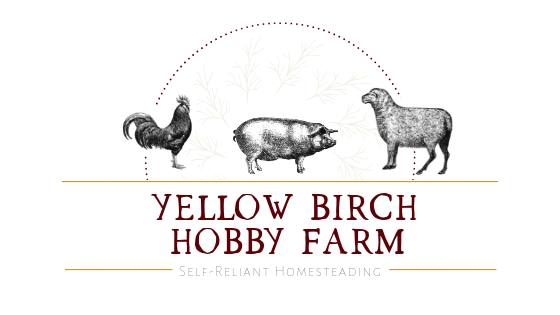You will now have a fully cooked meat, canned in a broth that needs just a bit of thickening upon your meal preparation for an instant gravy! Absolutely delicious 🙂
It’s indisputable the health benefits of bone broth, let alone the incredible flavor of homemade broth & stock. Last fall, I showed you how to make turkey stock from your leftover Thanksgiving turkey carcass. The great news is this same process can be applied to bones and carcasses of just about every kind of animal: bear, chicken, cow, deer (except the spine due to CWD), elk, lamb, etc. So don’t- I repeat- do not throw out those bones before you’ve used them to make broth. You won’t regret it, I promise!
Keep in mind that you can use bones leftover from roasts, too.
What You Will Need:
– bones from game or domestic animals, some meat attached & any other scraps you’d like to use up
– garlic, onion, carrots, celery, and/or any other vegetables you have on hand/would like to add
*Hint: you will want approx. 1 pound vegetables per 5 pounds bones. The ideal vegetable ratio is 50% onion (or onion family), 25% carrots, 25% celery. If the garden is in harvest mode, I use what I have- but if I have to go out and buy, this is the ratio I like to stick to.
– salt, black peppercorns, organic apple cider vinegar, tomato paste
– prepared jars, lids, bands
– pressure canner
Step 1:
Set your oven to 400 degrees. Place your bones/scraps into a large roasting pan that has been lightly oiled and put the roaster into the oven. {It is best to break up/chop the bones into large chunks to expose the marrow}.
Step 2:
Chop up your vegetables, saving the tops for adding to the broth later. Place them in a small pan and put them into the oven with the bones. Turn the bones with a tongs every 10-15 minutes or so. Stir the vegetables frequently until browned. Typically, the bones take about an hour and the vegetables half an hour- so time them appropriately.
{And yes, that is a camouflage cutting board.}
Step 3:
Once the bones & veggies are nicely cooked & browned (not burned), they are ready for broth making time! Place them into a large, heavy stockpot.
Step 4:
Put a small amount of water into your roasting pan and scrape off all the little bits of meat & crispies that have stuck to the pan- add this to the pot with your bones & roasted vegetables.
Step 5:
Add salt, peppercorns, and greens to your bones/vegetables. To help draw the calcium out of the bones, add a couple tablespoons of organic apple cider vinegar. Additionally, you can add a small can of tomato paste as well, which will not only give your broth that nice brown coloring but the acid will help to break down the cartilage.
Step 6:
Add just enough water to cover and it’s time to get cooking! Be very careful not to boil your broth as it can become cloudy and bitter. Instead, bring it to a simmer and reduce heat to low so that it maintains a barely-there simmer. Allow it to cook for at least 12 hours. Strain contents through a fine mesh strainer or several layers of cheese cloth into a clean pot. Refrigerate overnight; skim fat from the top after completely cooled. Bring broth just to a boil, ladle into hot jars leaving 1″ headspace, and process accordingly (adjusting for altitude where applicable):
As suggested by the National Center for Home Food Preservation
Rich, delicious bone broth can bring flavor and nutritional value to all kinds of dishes! So save those bones (I even collect them in freezer bags until I have enough to make a batch) to be sure that you always have some on hand.
Thank-you for stopping by today!
Shared at:
Natural Living Monday
























This is so very timely! My husband and brother in law are bear hunting for the first time this year and I was hoping to find some good recipes (hoping they are able to get one). I have canned venison for years and it’s just so good. Thank you!
I’m so glad this came at the right time for you! You’re already a step ahead if you’ve canned venison before- it’s pretty much the same process :). Good luck to the guys- hope they come home with meat!
Thanks so much for visiting,
Erin
I am getting my first ever batch of bear bones and fat and am looking forward to processing them. Since I don’t have a pressure canner, I am going to freeze the broth. I will be putting the rendered bear fat into jars and into the freezer as well. Thanks for your tips on what and how to do things. 🙂
That’s great, Simone! Glad to help 🙂 Enjoy!